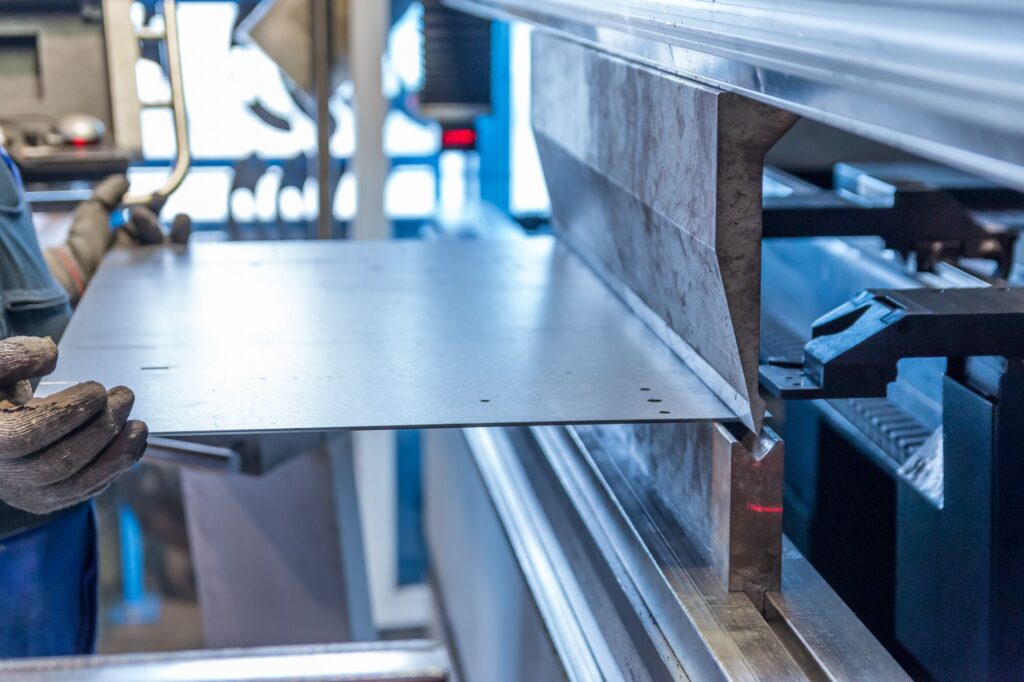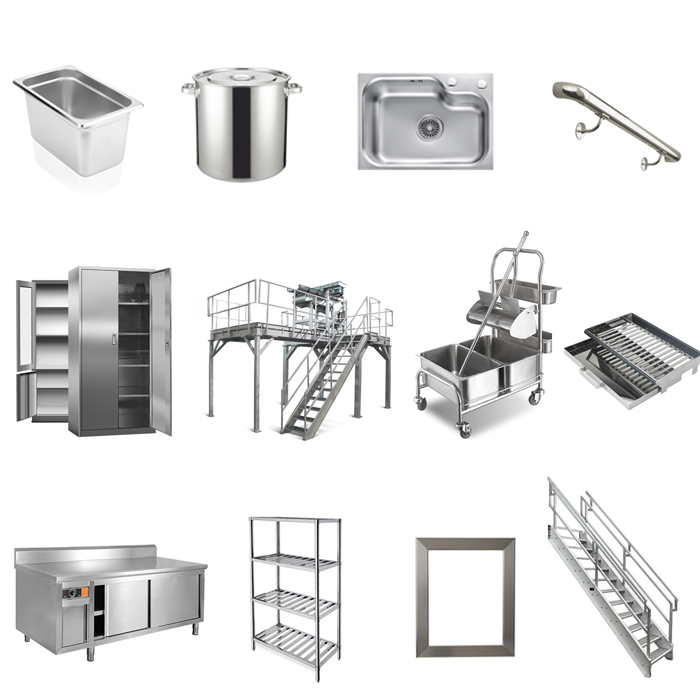Innovative Trends in Steel Fabrication: Enhancing Sturdiness and Precision
In the world of steel construction, the pursuit of durability and accuracy has resulted in a wave of innovative fads that are reshaping the industry. From improvements in welding innovations to the assimilation of robotic automation in construction procedures, the landscape of steel production is progressing quickly. High-strength alloy growth, combined with the utilization of 3D modeling and simulation software program, is pushing the limits of what is possible in regards to architectural stability and precision. Additionally, the growing emphasis on lasting practices in steel manufacturing is not only driving efficiency however additionally promoting an extra environmentally mindful technique to construction. These trends are not just shaping the here and now yet also laying the groundwork for the future of steel manufacture, promising additional improvements in resilience and precision.
Advanced Welding Technologies
In the realm of steel construction, the adoption of sophisticated welding modern technologies has dramatically reinvented the industry's technique to attaining exceptional top quality and precision in architectural welds. Advanced welding technologies, such as laser light beam welding and friction mix welding, have arised as game-changers in the field. By leveraging these sophisticated welding strategies, steel makers can raise the durability, stamina, and accuracy of their structural welds, satisfying the significantly demanding demands of modern building tasks.
Robotic Automation in Manufacture
Embracing robotic automation has actually become a cornerstone of contemporary steel manufacture practices, enhancing procedures and enhancing effectiveness throughout the sector. Robots are reinventing the way steel elements are produced, supplying unrivaled accuracy and speed while lowering human mistake. These automated systems can handle repetitive tasks with constant precision, leading to higher high quality output.
One secret benefit of robot automation in steel manufacture is the ability to work around the clock without fatigue, considerably raising production outcome. This continuous operation minimizes downtime and accelerates project timelines, ultimately saving expenses for producers. Furthermore, robots can be configured to carry out intricate jobs that might be challenging or dangerous for human employees, enhancing safety in the office.
In addition, robotic automation makes it possible for seamless combination with various other electronic technologies, such as computer-aided style (CAD) software and Web of Points (IoT) systems (steel fabricators melbourne). This interconnected technique enhances communication in between various phases of fabrication, enhancing workflows and guaranteeing real-time surveillance and control. As the steel fabrication industry continues to advance, robotic automation sticks out as a transformative pressure driving performance and accuracy in manufacturing procedures

High-Strength Alloy Advancement
The development of high-strength alloy advancement in steel manufacture is improving the sector's strategy to boosting product sturdiness and efficiency. High-strength alloys are crafted to display remarkable mechanical buildings, such as raised tensile strength, toughness, and rust resistance contrasted to traditional steel grades. By incorporating these advanced alloys into fabrication procedures, makers can produce elements that endure higher stress degrees and extreme atmospheres, bring about even more reputable and durable final result.
One trick benefit of high-strength alloy development is the capacity to decrease material density without jeopardizing architectural stability. This not only causes lighter-weight elements but likewise adds to set you back financial savings and improved performance in construction and assembly procedures. Additionally, the enhanced strength-to-weight proportion of these alloys enables the layout and building and construction of structures with higher load-bearing capacities while decreasing general weight.
3D Modeling and Simulation Software
Improvements in steel fabrication procedures have actually been significantly pushed by the integration of innovative 3D modeling and simulation software tools. These devices allow fabricators to produce thorough virtual designs of their tasks, enabling them to visualize the final item with precision prior to any manual labor starts. By mimicing different stress elements, ecological problems, and architectural lots, fabricators can optimize styles for boosted resilience and efficiency. Furthermore, 3D modeling and simulation software application improve the manufacturing process by determining prospective concerns beforehand, decreasing the requirement for pricey rework and minimizing material waste.

Lasting Practices in Steel Production
Including lasting techniques right into steel production procedures is vital for minimizing ecological influence and making sure long-term resource schedule. One essential lasting method is the fostering of energy-efficient innovations to lower greenhouse gas discharges throughout the steel manufacturing process. This consists of utilizing renewable resource resources, such as solar or wind power, to power steel plants and executing energy-efficient tools to maximize power use.
An additional vital facet of sustainable steel manufacturing is the responsible sourcing of raw materials. This includes ensuring that the iron ore and other resources used in steelmaking are obtained from honest and eco friendly sources. By advertising transparency in the supply chain and adhering to stringent ecological click for source criteria, steel suppliers can minimize the negative effects of source removal on local ecological communities and communities.

Final Thought
To conclude, the innovative fads in steel manufacture such as sophisticated welding modern technologies, robot automation, high-strength alloy growth, 3D modeling and simulation software program, and sustainable techniques are boosting the sturdiness and accuracy of steel products. These improvements are revolutionizing the steel manufacture industry by enhancing efficiency, top quality, and sustainability. It is clear that the future of steel fabrication depends on welcoming these innovative technologies blog here to meet the needs of contemporary construction and manufacturing markets.
In the realm of steel fabrication, the pursuit official statement of durability and precision has led to a wave of ingenious patterns that are improving the sector.In the world of steel manufacture, the fostering of cutting-edge welding technologies has dramatically reinvented the market's approach to achieving superior high quality and accuracy in architectural welds. As the steel construction market proceeds to progress, robotic automation stands out as a transformative pressure driving efficiency and accuracy in making procedures.
Additionally, reusing and reusing steel scrap and waste products play a substantial function in enhancing the sustainability of steel production. Alpha reo.In verdict, the innovative trends in steel fabrication such as advanced welding innovations, robot automation, high-strength alloy development, 3D modeling and simulation software program, and lasting techniques are enhancing the resilience and accuracy of steel items